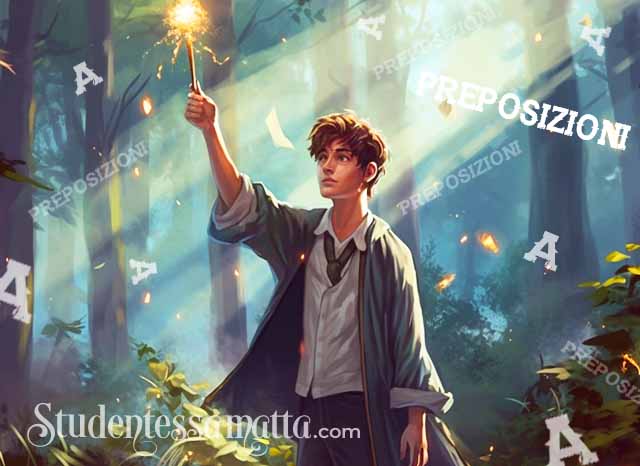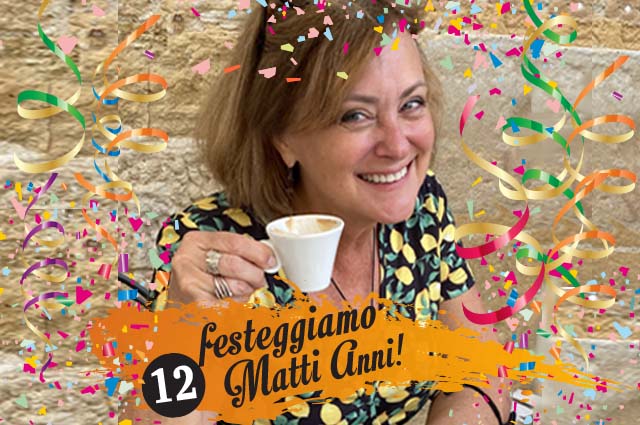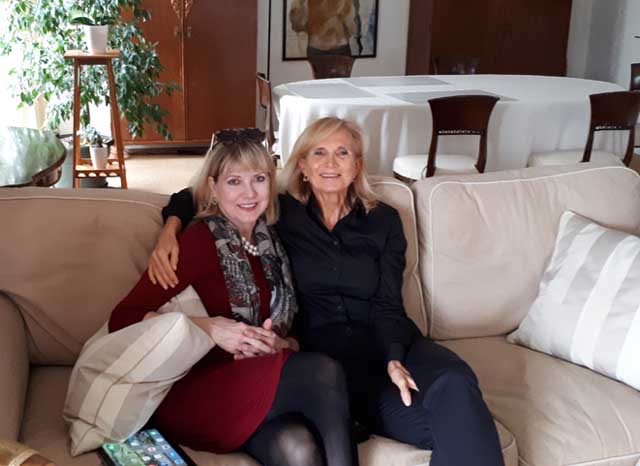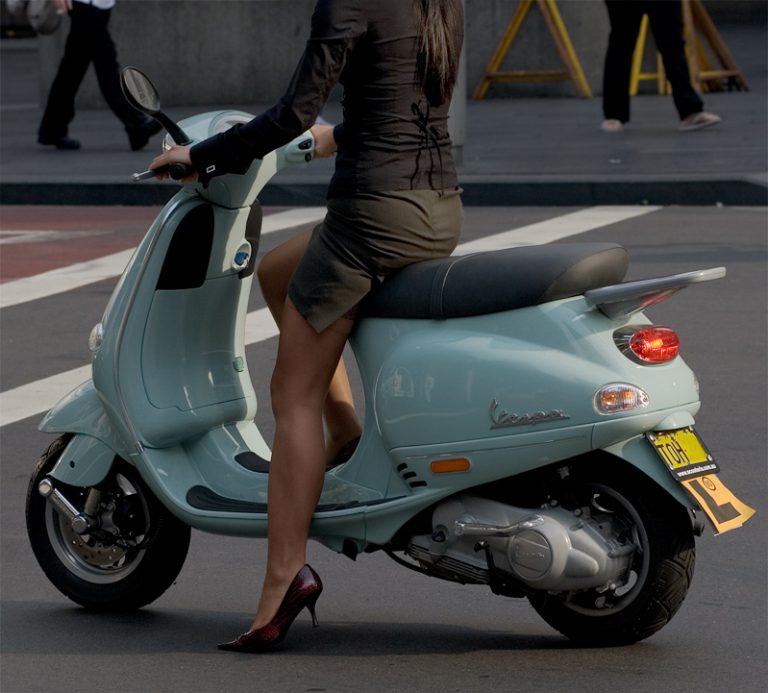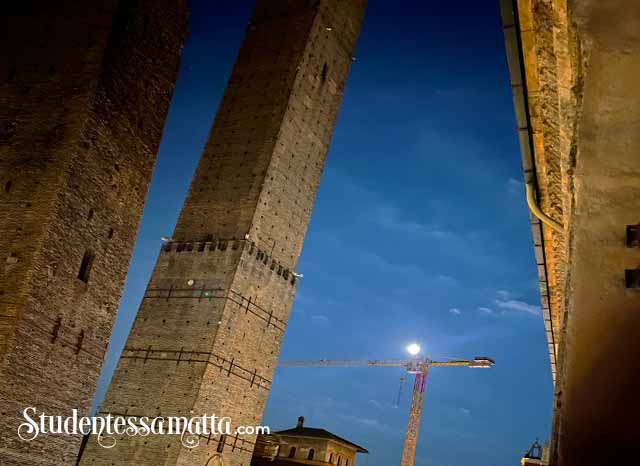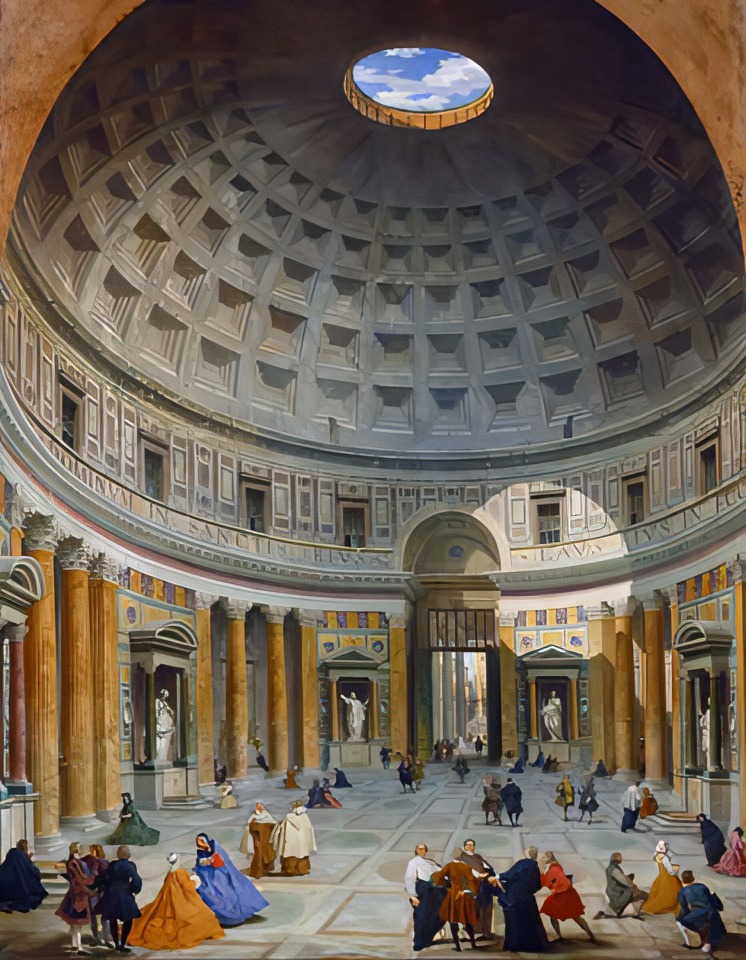
Il fascino del Grand Tour: ieri e oggi
The allure of the Grand Tour: past and present
Portare il “Grand Tour” a casa tua!
Bringing the “Grand Tour” home to you!
Un tempo, per ampliare i propri orizzonti e ammirare grandi opere d’arte, era necessario viaggiare per lunghe distanze. Questo viaggio epico era noto come “Grand Tour”—e no, non sto parlando del programma televisivo britannico di Jeremy Clarkson.
Back in the day, to expand your horizons and see great works of art, you had to travel great distances to find it. It was called the “Grand Tour”—and no, I’m not talking about Jeremy Clarkson’s British motoring television program.
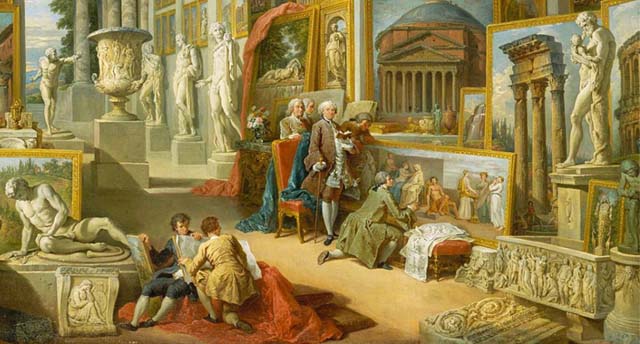
Le origini del Grand Tour
The origins of the Grand Tour
Parlo del Grand Tour europeo, una tendenza di moda intrapresa nel XVII e XVIII secolo da artisti e nobili facoltosi. Principalmente uomini, ma anche alcune donne benestanti, coglievano l’occasione di visitare l’Italia. Il viaggio attraversava l’Europa, passando per Parigi, Vienna e Venezia, fino a Firenze per ammirare la Cupola del Brunelleschi e i tesori dei Medici, per poi arrivare a Roma e perdersi tra le rovine del Foro e i capolavori di Michelangelo.
I am speaking of the European Grand Tour, a fashionable trend undertaken by well-to-do folks and aspiring upper-class artists back in the 17th and 18th centuries. Mostly men, but also a few women of sufficient means, partook of this opportunity to visit Italy. They crossed the European continent, passing through Paris, Vienna, and Venice, then moved further into Italy to Florence to see Brunelleschi’s Dome and the treasures of the Medici family before proceeding to Rome to marvel at the ruins and Michelangelo masterpieces.
Un itinerario standard di formazione
A standard educational itinerary
Il Grand Tour era considerato un rito di passaggio che poteva durare da mesi ad anni. Non era un pellegrinaggio religioso, ma un’occasione per studiare le rovine dell’antichità e le opere dei grandi maestri, attirando giovani pittori e scultori dalla Gran Bretagna e dagli Stati Uniti. Molti musei famosi, come gli Uffizi (1765), i Musei Vaticani (1769-1774) e il Louvre (1793), entrarono presto nel circuito del Grand Tour.
The Grand Tour was considered a rite of passage and could last anywhere from several months to years. It wasn’t a religious pilgrimage but an opportunity to study ancient ruins and masterpieces, attracting young painters and sculptors from Britain and America. Renowned museums like the Uffizi (1765), the Vatican Museums (1769-1774), and the Louvre (1793) became key stops on the Grand Tour.
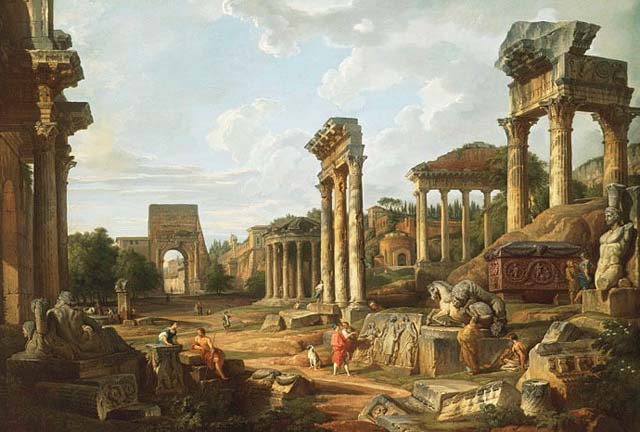
Souvenir e arte per i viaggiatori del passato
Souvenirs and art for past travelers
I turisti del XVII secolo desideravano souvenir: antiquariato, sculture in bronzo e marmo, e dipinti delle città italiane. Opere di artisti come Canaletto o Giovanni Paolo Panini erano popolari e fungevano da precursori delle “selfie” moderne.
Tourists in the 17th century craved souvenirs: antiques, bronze and marble sculptures, and paintings of Italian cities. Works by artists like Canaletto and Giovanni Paolo Panini were popular and served as the pre-photographic “selfies” of the day.
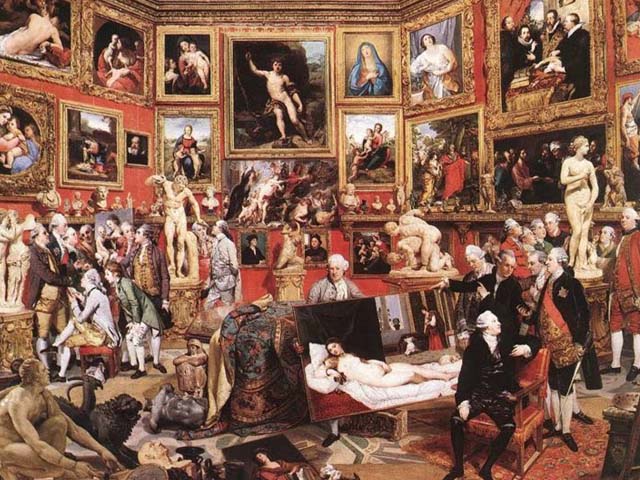
Ciceroni e guide d’arte
Ciceroni and art guides
Gli avventurieri assumevano spesso un “Cicerone,” una guida esperta. Amo questo termine che deriva da Marco Tullio Cicerone, celebre oratore e statista romano.
Adventurers often hired a “Cicerone,” or knowledgeable guide. I love this term, which comes from Marcus Tullius Cicero, the great Roman orator and statesman.
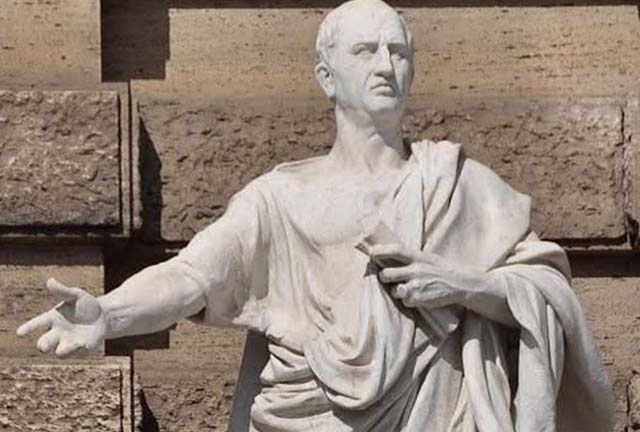
Il Grand Tour virtuale di oggi
Today’s virtual Grand Tour
Mentre il turismo continua a prosperare e le persone si riversano in Italia per fare il “Grand Tour”—visitando musei e passeggiando per città straniere alla ricerca di arte e cultura—è molto più facile scoprire l’arte dei maestri comodamente da casa con un semplice clic del mouse. Molti musei, come il Vaticano e gli Uffizi, offrono tour virtuali coinvolgenti. Proprio oggi, mi è capitato di vedere su Twitter un tour virtuale delle Gallerie degli Uffizi di Firenze, che intendo esplorare più a fondo questo pomeriggio.
While tourism flourishes and people still flock to Italy to make “The Grand Tour”—visiting museums and wandering foreign cities in search of art and culture—it is much easier to discover the art of the masters from the comfort of your desk with just a click of the mouse. Many museums, like the Vatican and the Uffizi, offer engaging virtual tours. And podcasts such as “Art Curious” by Jennifer Dasal enhance our artistic journey with captivating stories.
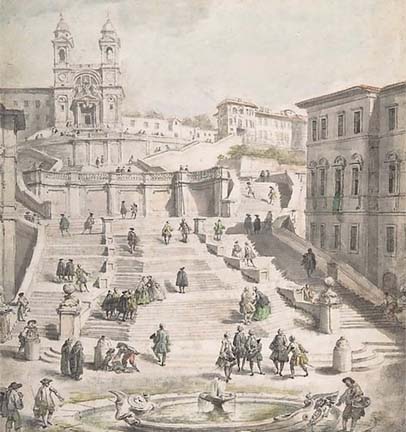
Consiglio vivamente di intraprendere un Grand Tour reale per scoprire le opere d’arte di persona. Nel frattempo, un Grand Tour virtuale può soddisfare la nostra voglia di arte e cultura, portandoci in luoghi meravigliosi con un clic del mouse.
I strongly recommend embarking on a real Grand Tour to discover art in person. Meanwhile, a virtual Grand Tour can satisfy our wanderlust and bring us to wonderful places with just a click of the mouse.
